Trailer Dimensions: How Wide Can a Tractor Trailer Be?
Without tractor trailers, America would grind to a halt. From raw materials like steel to the vegetables that end up on your dinner table, the US economy is powered by trucks. However, trailer size is one of the single most important factors in the quest to haul more with each load.
The length of a trailer can vary significantly, but the standard trailer width, which has a dramatic impact on what can be hauled safely, can only vary slightly.
What Is the Standard Width for a Tractor Trailer?
Currently, the US federal government sets regulations that dictate the minimums that apply to tractor-trailers. The maximum width is just 102 inches. Note that in Hawaii, the maximum for a tractor-trailer is actually 108 inches.
This maximum limit varies a little from state to state in some instances, but it is almost universal because it is based on physical limitations, the established breadth of a highway travel lane.
It’s important to understand that the 102-inch limit applies to national highways and the Interstate system. On surface streets, the maximum breadth may be just 96 inches, but this varies from state to state and even city to city. In-depth planning and research must be conducted prior to hauling an oversized load to ensure compliance with restrictions and other factors.
Can a Tractor Trailer Be Wider?
The federal maximum indicates semi trailer dimensions with a maximum width of 102 inches can be exceeded, but it will require special permits. Note that what we’re really talking about here is cargo, not trailer width. Trailer manufacturers almost universally stick to maximum width guidelines, but in some cases trailers can support wider loads, bulky items that extend well beyond the sides.
In an enclosed semi, the walls mean that the limit cannot be exceeded. However, with an open configuration, such as a flatbed or gooseneck, that maximum can be exceeded, at least to some extent.
Oversized loads are not uncommon on US roadways, although hauling such cargo requires specific precautions, including pilot trucks and oversized cargo signage, as well as special permits issued by the state through which the towage is being towed.
Trailer Dimensions: Understanding Oversized Loads
If a load extends beyond the sides of a semi, it is considered oversized. The same applies to loads that exceed a state’s specific maximum weight and height, as well.
Each state has specific limitations that dictate how far beyond the edge of the towage cargo can extend, although almost all states require that any cargo that exceeds 102 inches in width go through a permitting process prior to being allowed on the roadways. However, it is not as simple as that. Other factors are also at play, including the following:
- As mentioned, some surface streets are narrower than highways and will require special permitting even for loads of 102 inches.
- Once a load exceeds 144 or 168 inches in width, most states require an additional permit/fee and other special arrangements for safe transport.
- Cargo that exceeds 192 inches in width is considered a “superload” and will require additional permits and special arrangements.
- If an oversized load is also overweight, additional permitting may be required.

Special Arrangements to Be Made for Oversized Loads
If you need to haul outsized cargo, you’ll need to pay for a permit. The fees vary considerably, from as little as $15 to $70 depending on the area in question. This does not include the oversize/overweight fees that are required per state. However, chances are good that you will also be required to meet safety-related regulations, including the following:
- Pilot/Escort – You may be required to have a pilot vehicle, or even two, depending on the state and city in question, as well as cargo breadth. Note that loads under 120 inches usually do not require a pilot/escort vehicle, but this varies between states.
- Law Enforcement – Some states require superloads to be escorted by law enforcement vehicles or security personnel. Note that the hauling company is usually required to pay for this service.
- Signage – Both the pilot vehicle and your tractor-trailer will need to have signage stating “oversized load” to warn other drivers.
- Flags – Your trailer/load may need to be flagged, either on all four corners or only on areas that exceed the limit. These must be standard red or fluorescent orange flags, 18-inches square./li>
- Travel Time – You will encounter travel time limitations on outsized loads. These vary by state, but common restrictions include limited or no travel allowance on the weekends and limited/restricted travel at night.
Work With Professionals Who Know the Limits
Ultimately, tractor-trailers themselves are limited to a standard width. However, the shipment can exceed those limitations with the right equipment. For instance, a flatbed trailer can allow you to haul almost anything given the right hauling capacity, even a shipment that extends 120 inches or more beyond the sides of the towage.
However, all outsized loads are subject to state-specific hauling and permitting requirements. Not only do permits and fees play a role, but you will also face requirements in terms of pilot/escort vehicles, flags, warning lights, signage, and more. Finally, outsized loads are also restricted in terms of travel time, weekends and nighttime hours are often very limited.
Hauling an outsized load requires in-depth experience and expertise. It’s not just about having the right driver, truck, and trailer. You also need to understand the permits required and have a good grasp on the logistics of the situation.
At Osage Specialized Transport, we have over 40 years of experience in the industry. Contact us for all your oversized load hauling needs.
Reader interactions
5 Replies to “Trailer Dimensions: How Wide Can a Tractor Trailer Be?”
Comments are closed.






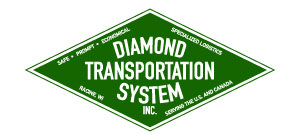


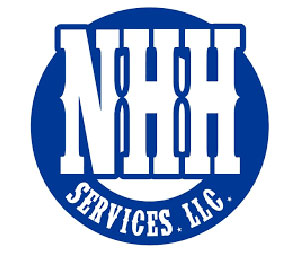
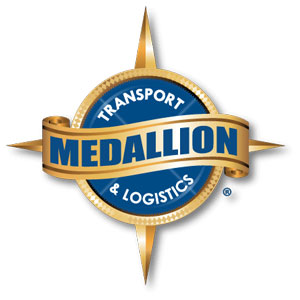
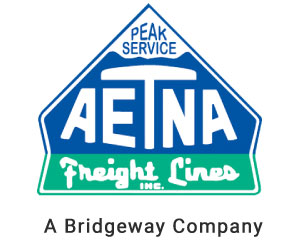


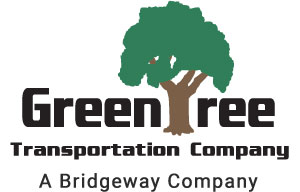

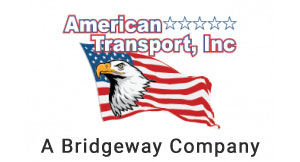
[…] of heavy vehicles and machinery that operates on wheels or tracks. Included are front-end loaders, tractors, power shovels and bulldozers, each of which weighs more than 10,000 […]
[…] Official Site: https://osagespecial.com/2020/03/how-wide-can-a-tractor-trailer-be/ […]
[…] Official Site: https://osagespecial.com/2020/03/how-wide-can-a-tractor-trailer-be/ […]
[…] Official Site: https://osagespecial.com/2020/03/how-wide-can-a-tractor-trailer-be/ […]
[…] Official Site: https://osagespecial.com/2020/03/how-wide-can-a-tractor-trailer-be/ […]